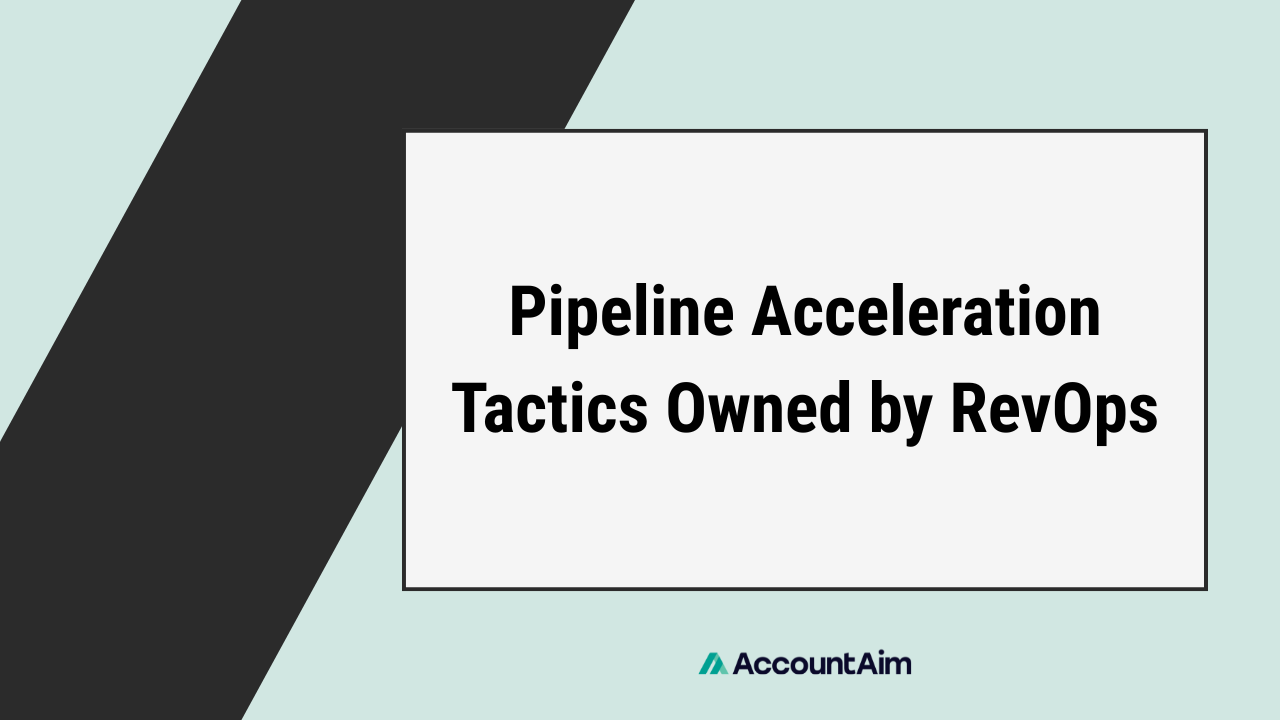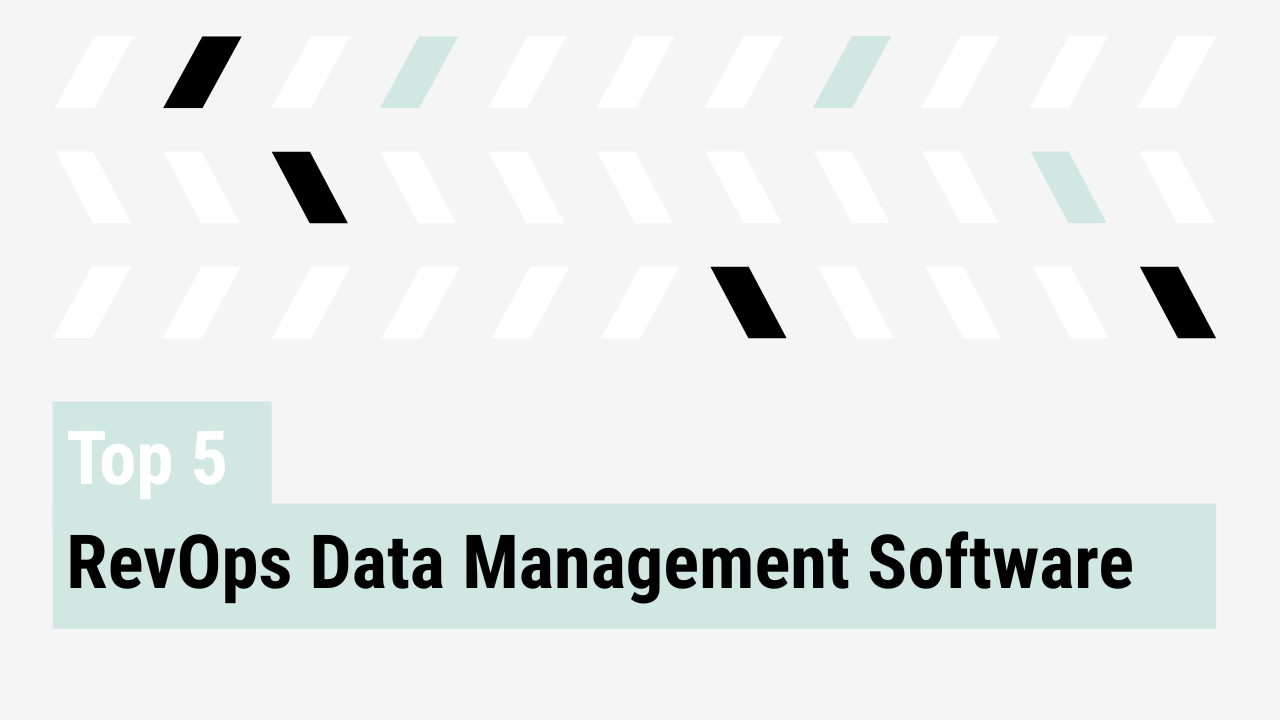RevOps pipeline acceleration is one of the most powerful levers a go-to-market organization can pull. Sales leaders often emphasize top-of-funnel demand or quota setting, but real efficiency gains happen inside the pipeline itself. By directly owning the processes, data, and governance that shorten deal cycles, RevOps shifts from a reporting function to a growth engine.
Below are six tactics RevOps teams can own to accelerate pipeline velocity and drive faster revenue realization.
Stage-by-stage governance
Velocity breaks down when deal progression is inconsistent. Without clear definitions, opportunities stall in the gray zones between stages. RevOps can prevent this by owning stage design, exit criteria, and enablement assets that support each milestone. For example, “demo complete” should confirm that the right decision-makers were present and that pain points were validated. Governance like this removes ambiguity and keeps deals advancing with intent.
RevOps should also build and maintain playbooks that standardize seller behavior. These playbooks outline required actions, recommended content, and common objections to address before an opportunity can advance. Clear playbooks accelerate deals, ramp new reps faster, and reduce variability across the team. When governance is consistent and visible, velocity improves because every opportunity follows the same path forward.
Velocity-based prioritization and anti-stall triggers
Not every opportunity requires the same level of attention. RevOps can design scoring models that surface high-propensity accounts and highlight which deals are most likely to close quickly. This prevents sellers from spreading themselves too thin and ensures resources focus where they will create the most impact. Prioritization like this turns velocity into a practical daily focus.
RevOps should also monitor dwell time. Alerts can be established when deals sit too long at a given stage, ensuring managers and reps intervene before momentum is lost. These “anti-stall” triggers transform pipeline management from reactive to proactive. By combining prioritization with early intervention, RevOps ensures that deals keep moving and that slow opportunities receive attention before they fade.
Data enrichment and real-time insights
Bad data is one of the most common barriers to pipeline acceleration. Incomplete records, duplicate accounts, or missing contacts slow reps down and erode confidence in the CRM. RevOps can take full ownership of data hygiene, enrichment, and system governance to make sure sellers always have reliable context. With accurate and enriched data, reps engage buyers faster and avoid wasting cycles on the wrong accounts.
Data quality must be paired with insight. Instead of relying on backward-looking coverage reports, RevOps should deliver dashboards that track velocity: stage duration, conversion rates, and average time-to-close. When leaders have this visibility in real time, they can identify bottlenecks early and act before the quarter slips away. Clean data and velocity-focused insights together give the organization the confidence to move faster.
Pipeline inspection and cadence discipline
Pipeline reviews often default to coverage conversations. Leaders ask if there is enough pipeline to hit the number, yet little attention is paid to whether deals are progressing at the right speed. RevOps can reframe these reviews by focusing on velocity. Weekly or bi-weekly inspections should analyze where opportunities are moving, where they are stalling, and how long they spend at each stage. This keeps the discussion grounded in forward motion rather than backward-looking metrics.
Consistency is what makes these reviews effective. RevOps should establish a cadence where the agenda is standardized and accountability is clear. Managers must come prepared to explain opportunities that have stalled, and action plans should be documented and tracked. Over time, this rhythm builds organizational discipline and turns pipeline inspection into a driver of acceleration.
Automation of handoffs and administrative bottlenecks
Some of the biggest delays in a sales cycle come from internal friction. Manual lead routing, slow approvals, or contract preparation can add unnecessary days to the process. RevOps can remove these roadblocks by automating workflows across lead assignment, contract generation, and approvals. The goal is to minimize downtime between buyer actions and seller responses.
Automation also improves the buyer experience. When follow-ups are immediate, documents are accurate, and processes feel seamless, prospects gain confidence in the company’s ability to deliver. That confidence translates into faster decision-making on their side. By systematically automating the internal tasks that slow sellers down, RevOps makes the entire buying experience smoother and faster.
Deal desk oversight with acceleration in mind
Deals often slow down late in the process due to pricing approvals, contract terms, or discount negotiations. RevOps can own this stage by running a deal desk that enforces guardrails while keeping deals moving. Clear thresholds for auto-approvals, structured discounting policies, and pre-approved contract templates minimize back-and-forth and maintain momentum.
The deal desk must be designed with acceleration as its core objective. Processes should safeguard margins and compliance, yet still enable sellers to finalize deals efficiently. When oversight is balanced with responsiveness, the deal desk becomes an enabler of faster revenue.
The RevOps mandate
Pipeline acceleration is a RevOps mandate. By owning stage governance, prioritization, data integrity, cadence, automation, and deal desk operations, RevOps reduces cycle time and improves stage-to-stage velocity. The payoff is faster revenue realization and a more predictable growth engine.
For RevOps leaders, the next step is clear: audit your current pipeline and identify where RevOps can step in as the owner of acceleration. Small improvements compound quickly when velocity becomes a core principle of your operating model.



